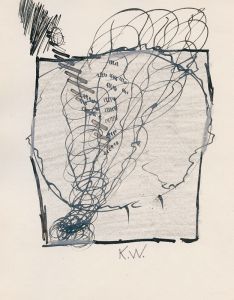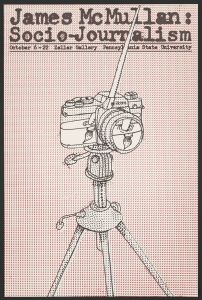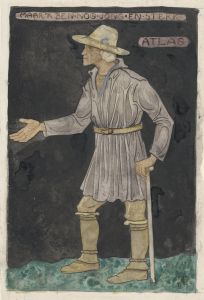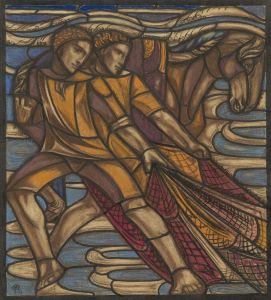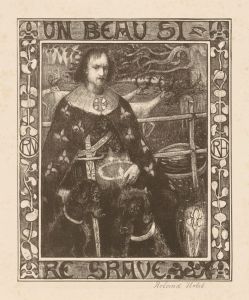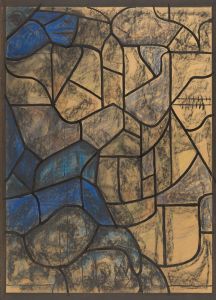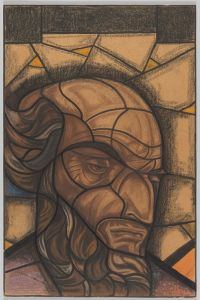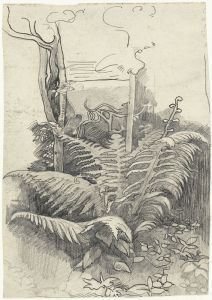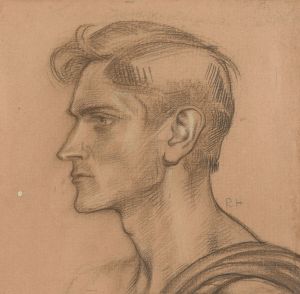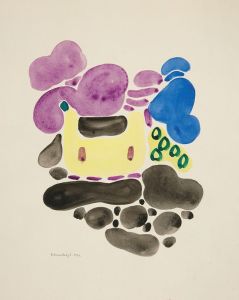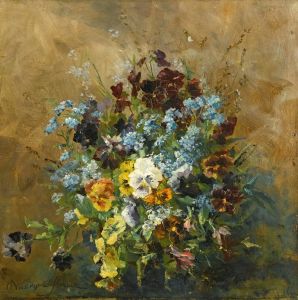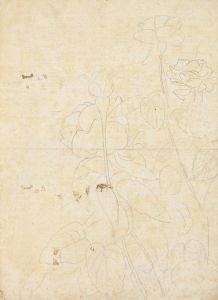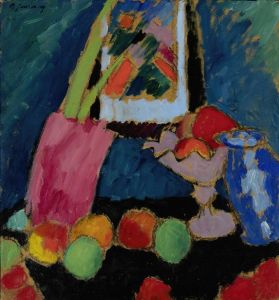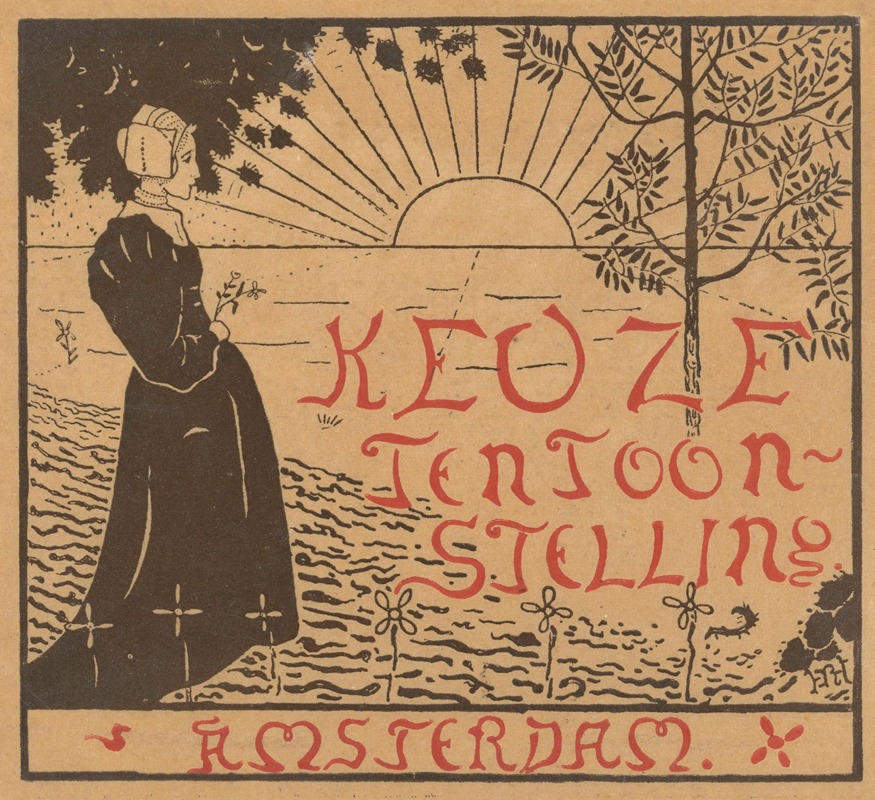
Omslagontwerp voor; Catalogus der Keuze-tentoonstelling van hedendaagsche Nederlandsche kunst, 1892
A hand-painted replica of Richard Nicolaüs Roland Holst’s masterpiece Omslagontwerp voor; Catalogus der Keuze-tentoonstelling van hedendaagsche Nederlandsche kunst, 1892, meticulously crafted by professional artists to capture the true essence of the original. Each piece is created with museum-quality canvas and rare mineral pigments, carefully painted by experienced artists with delicate brushstrokes and rich, layered colors to perfectly recreate the texture of the original artwork. Unlike machine-printed reproductions, this hand-painted version brings the painting to life, infused with the artist’s emotions and skill in every stroke. Whether for personal collection or home decoration, it instantly elevates the artistic atmosphere of any space.
Richard Nicolaüs Roland Holst was a Dutch artist known for his contributions to the art world in the late 19th and early 20th centuries. He was born on December 4, 1868, in Amsterdam, Netherlands, and became a prominent figure in the Dutch art scene. Holst was not only a painter but also a designer, illustrator, and writer, contributing significantly to various artistic movements of his time.
One of his notable works is the cover design for the "Catalogus der Keuze-tentoonstelling van hedendaagsche Nederlandsche kunst, 1892," which translates to "Catalogue of the Choice Exhibition of Contemporary Dutch Art, 1892." This work is a testament to Holst's skill in graphic design and his ability to encapsulate the essence of an exhibition through visual art.
The 1892 exhibition was a significant event showcasing contemporary Dutch art, and the catalogue served as a guide and souvenir for visitors. Holst's cover design played a crucial role in setting the tone for the exhibition, offering a visual introduction to the art and artists featured within. His design would have been one of the first things attendees saw, making it an essential component of the exhibition's branding and appeal.
Holst's style was influenced by the Arts and Crafts movement, which emphasized craftsmanship and the decorative arts. This influence is evident in his detailed and harmonious designs, which often incorporated elements of nature and symbolism. His work on the catalogue cover likely reflected these stylistic tendencies, using intricate patterns and thoughtful composition to create an engaging and aesthetically pleasing design.
Throughout his career, Holst was associated with several artistic and intellectual circles, which informed his work and allowed him to collaborate with other prominent artists and thinkers of his time. He was married to the poet and socialist Henriette Roland Holst, and together they were involved in various social and political causes, which also influenced his artistic output.
In addition to his graphic design work, Holst was a respected painter and muralist. He taught at the Rijksakademie van Beeldende Kunsten in Amsterdam, where he influenced a new generation of artists. His contributions to art education and his involvement in artistic societies helped shape the direction of Dutch art in the early 20th century.
Holst's work, including his design for the 1892 exhibition catalogue, is remembered for its artistic quality and its reflection of the cultural and social currents of his time. His ability to blend art with social commentary and his dedication to the arts and crafts ethos made him a significant figure in the history of Dutch art.
Richard Nicolaüs Roland Holst passed away on December 31, 1938, but his legacy continues through his contributions to art and design. His work remains a subject of study for those interested in the intersections of art, design, and social change in the Netherlands.





